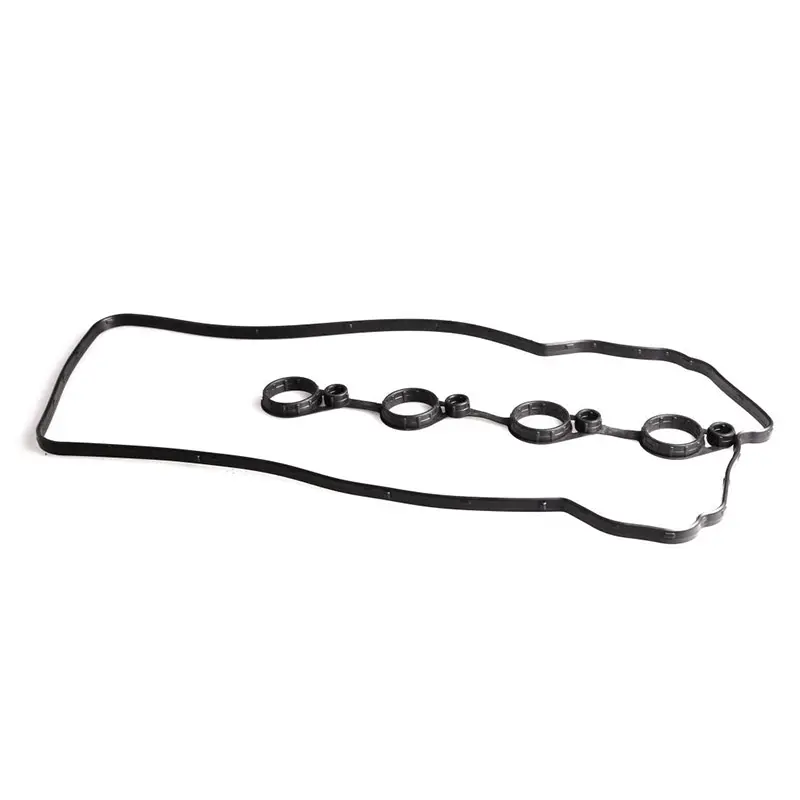10 月 . 07, 2024 21:20 Back to list
oil seal wheel hub
Understanding Oil Seal Wheel Hubs Importance and Functionality
When it comes to vehicle maintenance and performance, one component that plays a critical role is the oil seal wheel hub. This often-overlooked part is crucial to ensuring the smooth operation of a myriad of automotive systems, particularly in keeping the wheel bearings lubricated and preventing contaminants from entering critical components.
What is an Oil Seal Wheel Hub?
An oil seal wheel hub is a sealing device that resides at the interface between the axle and the wheel hub. Its primary function is to retain lubricant within the wheel bearing assembly while simultaneously preventing dirt, dust, and water from infiltrating the area. Made from durable materials, such as rubber or silicone, oil seals are designed to withstand high levels of pressure and temperature variations. They come in various shapes and sizes, tailored to fit specific vehicle models and types.
The Importance of Oil Seal Wheel Hubs
1. Lubrication Retention The primary purpose of oil seals is to ensure that the lubricant used in the wheel bearings remains contained. Adequate lubrication is essential for reducing friction, minimizing wear and tear, and ultimately extending the lifespan of the wheel bearing assembly.
2. Contaminant Exclusion Oil seals act as a barrier, preventing harmful contaminants from entering the wheel hub. Particles such as dirt, water, and road debris can significantly damage bearings and other components, leading to premature failure. An effective oil seal safeguards these vital parts, preserving overall vehicle integrity.
3. Performance Enhancement A well-functioning oil seal ensures that the bearings can operate at optimal efficiency. This translates to smoother operation, better fuel economy, and improved handling characteristics. Proper performance of the wheel hub assembly contributes to overall vehicle safety and reliability.
oil seal wheel hub

4. Cost-Effectiveness When oil seals are properly maintained or replaced when necessary, they can save vehicle owners significant expenses in the long run. By preventing damage to the wheel bearings and hub assembly, oil seals eliminate the need for more costly repairs or replacements.
Signs of Oil Seal Failure
Recognizing the signs of oil seal failure is crucial for prompt maintenance. Common indicators include
- Grease Leakage If lubricant is visibly leaking from the seals, it’s a clear sign that the oil seal may have degraded or been installed incorrectly. - Unusual Noises Grinding or humming noises coming from the wheel hub can indicate that bearings are not adequately lubricated, possibly due to oil seal failure. - Dirt Build-Up Excessive dirt or debris around the wheel hub can suggest that the oil seal is no longer performing effectively, allowing contaminants to seep in.
Maintenance and Replacement
Regular inspection of wheel hubs and oil seals should form part of routine vehicle maintenance. Depending on the vehicle's usage, the oil seals may need to be replaced periodically to ensure optimal performance. Mechanics often recommend checking oil seals during other routine services, such as brake or wheel bearing replacements, to catch any potential issues early on.
Conclusion
In summary, oil seal wheel hubs are essential components that significantly contribute to the overall functionality and longevity of a vehicle. By retaining lubrication and excluding contaminants, they play a vital role in maintaining the integrity of wheel bearings and the vehicle as a whole. Vehicle owners should prioritize the inspection and maintenance of these components to ensure a safe and efficient driving experience. Regular checks and timely replacements of oil seals can lead to enhanced performance and reduced overall maintenance costs.